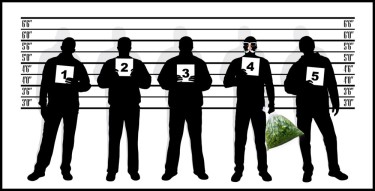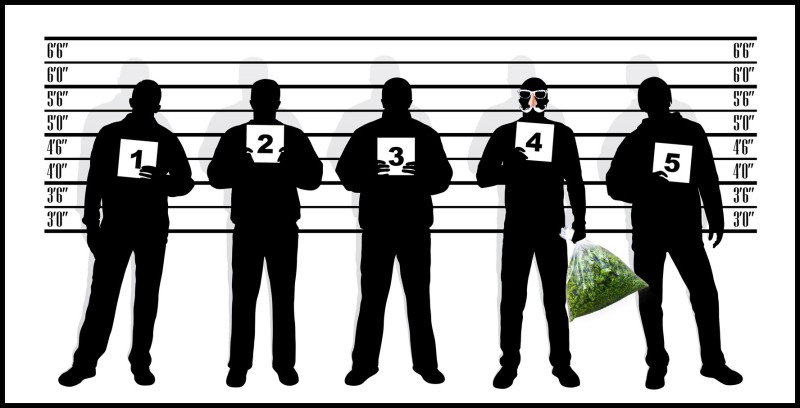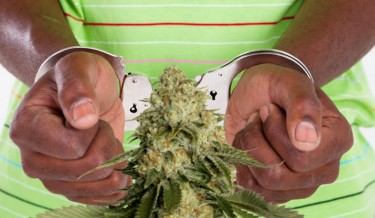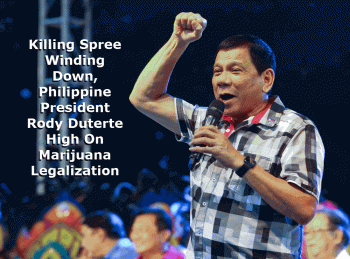
The New York City Council has voted in favour of a historic resolution requiring New York Police Department (NYPD) officers to document the age, gender, and ethnicity of anybody they question. This ruling, which reverses New York Mayor Eric Adams' veto, is a major step in the right direction toward improving police reform and openness.
This rule was passed in response to a controversial event involving newly elected City Councilmember Yusef Salaam, who was stopped by the police a few days previously without cause. Salaam belongs to the group of men known as the Central Park Five, who were cleared in a widely reported case.
This newly enacted legislation specifically focuses on the NYPD, the largest police force in the United States, compelling its 36,000 officers to document details of all investigative encounters. Many observers consider this development to be crucial, especially in a city with a historical legacy of the controversial "stop and frisk" policy, declared unconstitutional in 2013, which disproportionately affected communities of color. The law now requires documentation even in minor encounters that do not involve crime suspects.
An examination of the residential addresses of individuals arrested in New York State spanning from 1980 to 2021 has exposed significant disparities in cannabis-related arrests. Some areas registered arrest rates that were up to 10 times higher than the state average. New York City emerged as the focal point of marijuana-related arrests, reaching an approximate total of one million. According to NYPD data, over 94 percent of arrests and summonses for marijuana violations and offenses in 2020 targeted New Yorkers of color.
A recent report by The New York Times highlighted the highest concentrations of cannabis-related arrests in specific zones of the city, including portions of Brownsville, East Flatbush, and East Harlem—neighborhoods predominantly inhabited by Black residents. The majority of these arrests were directed at Black and Latino men, challenging the police's claim that their actions were driven by emergency calls and community complaints rather than racial bias. NYT author Ashley Southall pointed out that while the number of marijuana-related arrests contributing to the statistics is substantial, it may overlook millions of additional encounters.
Mayor Adams, speaking at City Hall on Tuesday, stressed the importance of public safety, asserting that "seconds matter" in the eyes of crime victims and law enforcement professionals. He urged the council to uphold his veto.
Public Advocate Jumaane Williams, the sponsor of the bill, countered Mayor Adams' stance, noting that reporting such encounters could be accomplished in less than a minute using the existing system on an officer's smartphone. Williams emphasized that this measure is not aimed at hindering police work but rather enhancing it.
Unveiling the Numbers from 1980 to 2021
Delving into the intricate details of residential addresses spanning over four decades exposes stark inequities in cannabis-related arrests. The numbers tell a story of certain areas grappling with arrest rates that surpass the state average by up to tenfold, revealing a disconcerting pattern that challenges the principles of fair and equal treatment in the eyes of the law. Beyond the numerical aspect, this analysis peels back layers to unveil a nuanced narrative that demands a closer examination of law enforcement practices in New York State.
These disparities in cannabis-related arrests extend beyond statistical comparisons, prompting a deeper exploration of the underlying factors that contribute to such significant imbalances. The geographical concentrations of high arrest rates become focal points, raising questions about the social, economic, and historical dynamics at play in these areas. As the data unfolds, it becomes increasingly evident that a multifaceted approach is necessary to comprehend the root causes and address the broader systemic issues influencing law enforcement interactions.
Against this backdrop, the examination of cannabis arrest disparities serves as a critical precursor to understanding the potential impact of recent legislative changes. The numbers not only underscore the urgent need for reform but also lay the groundwork for a more comprehensive dialogue on reshaping law enforcement practices. By scrutinizing the data within the context of historical injustices, this discussion aims to foster a more equitable and just approach to policing in New York City and beyond.
Addressing Racial Disparities: Challenges to Police Claims
As the spotlight intensifies on cannabis-related arrests in specific New York City neighborhoods, including Brownsville, East Flatbush, and East Harlem—predominantly inhabited by Black residents—a critical examination challenges the police's assertions that their actions are devoid of racial bias. A recent report by The New York Times unveils concentrated arrests in these areas, primarily affecting Black and Latino men. This section delves into the discrepancies between official claims based on emergency calls and community complaints and the stark realities illuminated by arrest statistics.
The reported disparities in cannabis-related arrests not only question the motives behind law enforcement actions but also underscore the potential limitations of existing accountability measures. NYT author Ashley Southall notes that while the sheer volume of marijuana arrests contributing to the statistics is staggering, it might only scratch the surface, potentially missing millions of additional encounters. This raises concerns about the adequacy of current reporting systems and the need for more comprehensive mechanisms to capture the full scope of police interactions.
In this particular context, the racial discrepancies that are brought to light in relation to cannabis-related arrests serve as a symbol of larger issues facing the criminal justice system. In order to address the critical need to eliminate racial prejudices ingrained in policing methods, this section will dissect the intricacies of accusations made by law enforcement. As the discussion progresses, it becomes evident that efforts to address these differences need to go beyond merely presenting data; rather, a fundamental change in police strategies is required to guarantee justice, fairness, and treatment for everyone.
Bottom Line
In essence, the New York City Council's recent mandate for NYPD officers to document demographic details during stops signifies a crucial stride toward transparency and police reform. This decision, influenced by a contentious incident involving Councilmember Yusef Salaam, has broader implications, particularly in addressing historical issues like the "stop and frisk" policy. The scrutiny of cannabis-related arrests further underscores the need for comprehensive reform, emphasizing the imperative for transformative measures beyond statistical documentation to ensure a more equitable and just approach to policing in the city.
ARRESTED FOR WEED, READ ON...
3 THINGS TO SAY TO THE POLICE WHEN YOU GET ARRESTED FOR WEED!







